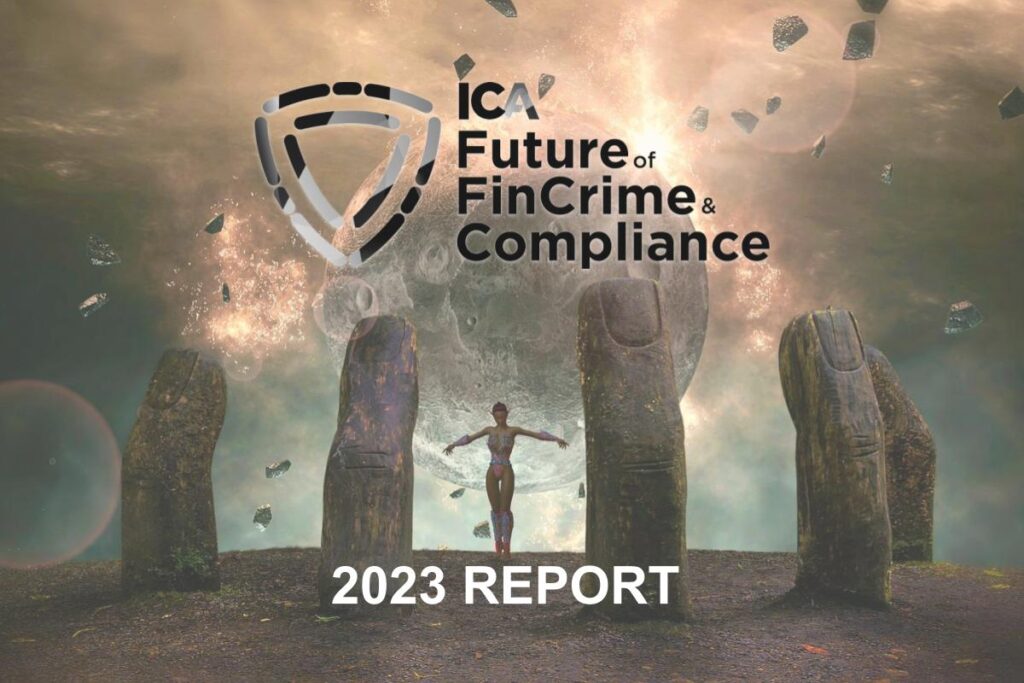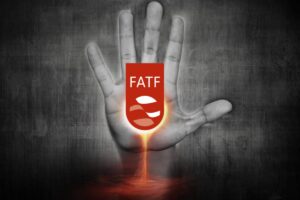Anti money laundering (AML) is the lifeblood of just about every aspect of financial crime compliance, and as such it has to be the most adaptable. With any illegally derived value needing to be laundered in order for its criminal actors to benefit from it, constantly finding innovative ways to evade organisation’s carefully placed processes and procedures is high on their priority list. And so organisations need to be evolving just as quickly to prevent themselves falling short.
This, of course, is easier said than done. Being so broad spectrum, tackling money laundering can feel like being attacked on all sides, especially with the need to adapt to new developments such as new criminal typologies, the risks of virtual assets like cryptocurrency, a fast-changing sanctions landscape, as well regulatory demands and constant monitoring putting pressure on what is, for many organisations, an already over stretched compliance function. All of which is only intensified by the consequences of getting things wrong. But the other side of this is that its ubiquitous nature means there is a wide range of resources and solutions available.
There are many options for digital solutions available now to automate the ever-growing stream of data, studies and regulatory guidance to share best practice, as well as training to give employees the skills and expertise to help guide organisations through the changes.
There are many facets to look at with regards to anti money laundering; from looking at enforcement actions as cautionary tales to learn from, to how recent regulatory changes and what they could mean for the future, to looking at how to make the most of the resources available. There’s a lot to consider when looking to the future of AML, but we must if we are going to rise to meet it. Foreword Pekka Dare Vice President International Compliance Association Using legislation enforced by powerful regulatory bodies, (regulated businesses) can be co-opted to join the fight.
Fighting financial crime together is unable to stop money laundering then perhaps these powerful, wealthy institutions that operate unconstrained by national borders can make a difference. After all, they tend to know more about the finances of their customers than governments do – and in some ways, than the customers themselves. Using legislation enforced by powerful regulatory bodies, they can be co-opted to join the fight. Following decades of legal, regulatory, and technical developments, the global approach to anti money laundering (AML) has now matured into a multibillion dollar industry and this vision has been realised.
Or at least, it’s been realised on paper. Regulated sectors, and particularly the banks, are playing their part as defined by the Financial Action Task Force (FATF). A complex and expensive set of AML requirements is now woven into every area of the bank’s activities. Yes, there’s the occasional well publicised failure, greeted with horror and criticism, but these cases can be better considered the exception to the rule, rather than fitting the rule itself. In 2006 and 2007 I led a law enforcement coalition from seven countries working to undermine and dismantle a prolific organised money laundering network.
This was successful, leading to a notorious launderer who had cleaned $2.3 billion in the previous 18 months being put behind bars. I mention this for two reasons. Firstly, we saw first-hand that this kind of work is time consuming, challenging and expensive. Secondly, as we took the specialist launderer from the streets, we saw other professionals ready to step up. His removal from the market had little meaningful impact on the underlying predicate crime. Sharing Responsibility Using criminal justice measures is expensive and has limited impact, so it’s hardly surprising that governments around the world are exploring alternative ways to prevent criminals from accessing and cleaning the proceeds of their crime. Switch focus to the banks and wider regulated sectors.
If law enforcement Tim Tyler, And this function of banks is likely to intensify in the coming years as new technologies including artificial intelligence (AI) enable banks to interrogate the oceans of data that they hold and compare this with the zettabytes of information across the web. The banks and wider regulated sectors aren’t perfect, but they are broadly following the requirements set for them.
And their effectiveness in doing this is likely to accelerate with the impact of AI. There is, however, a great deal of evidence that underlying levels of money laundering continue to rise despite this investment. And whilst the regulated sectors have kept up their side of the AML bargain, their efforts are undermined through lack of investment by governments. A One-Sided Arrangement Investigating and prosecuting money laundering is an expensive but critical part of the global response to money laundering . Every effort should be made to ensure money laundering is hazardous, risky for the criminals involved, and difficult to recover the proceeds of their crimes.
Following decades of legal, regulatory, and technical developments, the global approach to anti money laundering (AML) has now matured into a multi-billion dollar industry. This isn’t something the bank and regulated sectors can do. It requires law enforcement resource and commitment. It’s perhaps worth considering one country in this context – the UK. This jurisdiction received a glowing evaluation from FATF in 2018. It has done more, apparently, than any other to implement FATF recommendations. And yet the UK is seen by many as a money laundering hub for the world.
Possible reasons for the UK being one of the most prolific money laundering markets ,whilst also among the most compliant with FATF standards, are multi variant and complex. Perhaps part of the reason though is the law enforcement response to the threat. The UK National Crime Agency (NCA) data shows that during the period 2021–2022 the UK financial intelligence unit (FIU) received 742,317 Suspicious Activity Reports (SARs). So, how many prosecutions did nearly three quarters of a million reports of money laundering give rise to? The NCA no longer publishes this information but the UK National Audit Office shows 5 ‘Investigating and prosecuting money laundering is an expensive but critical part of the global response to money laundering.’
There were 1,310 prosecutions for money laundering in England and Wales during the same period. In fairness, this data does not include prosecutions in Scotland and Northern Ireland, but then only a proportion of this number will be linked to the submission of SARs. In simple terms then, 740,000 reports of money laundering led to approximately a 1,000 prosecutions .
The intelligence gold dust generated by regulated sectors at eye watering cost and passed to law enforcement within tight timescales leads to prosecution at a rate of between 0.1% and 0.2% of cases. The proportion of assets recovered in the UK follows a similar pattern. During the period 2021–2022 a total of £350 million criminal assets were recovered.
This may sound a large number, but it represents only 0.0023% of the estimated criminal economy. 1 This evidence suggests then, that the UK is failing in the fight against money laundering. And yet this country is the poster child for effective adoption of international AML standards.
Perhaps this is because the standards focus on activities (for instance those defined in the FATF 40 Recommendations) rather than outcomes. Maybe it isn’t surprising that regulators across the world are increasingly measuring success in these terms (outcomes). Quite simply, this is long overdue.
..
April 3, 2023 Published by The ICA Perspectives Series. (Download PDF Report)







